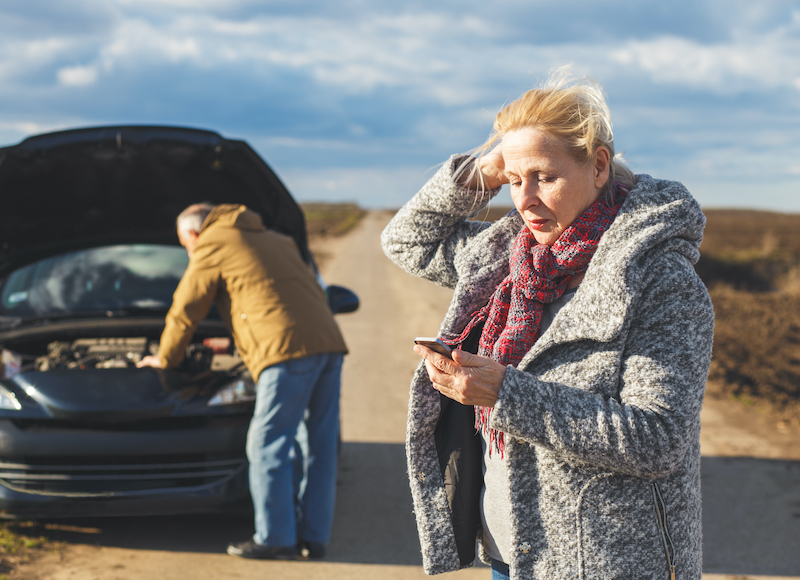The Importance of Brake Fluid: Everything You Need to Know
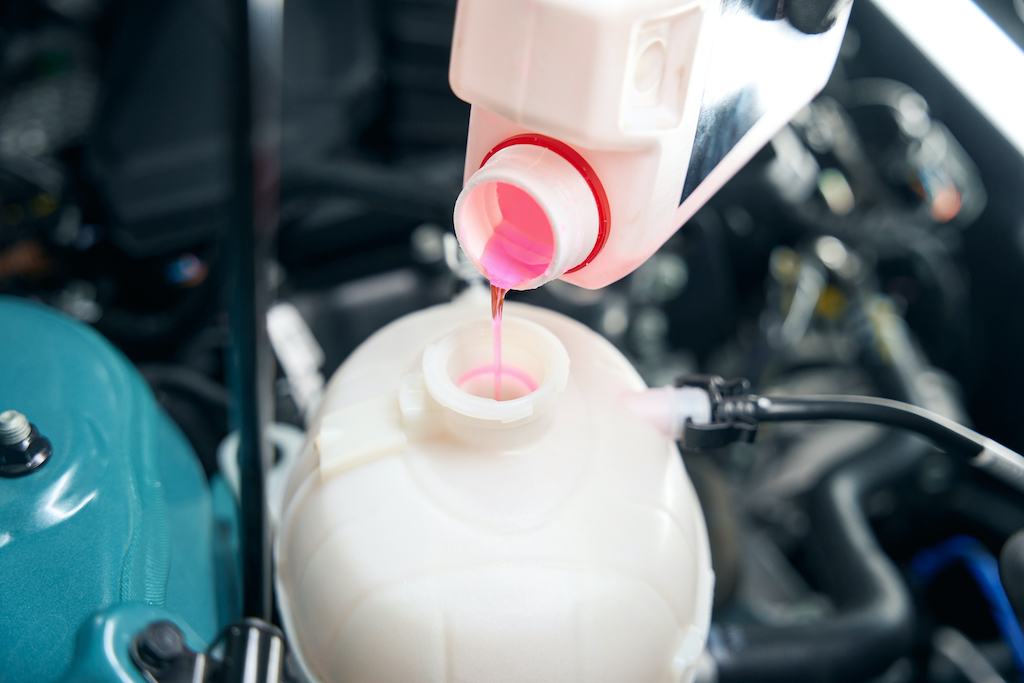
Brake fluid might not always be in the spotlight, but it plays an important role in keeping your car’s brakes working safely and smoothly. While it’s often overshadowed by more visible components, this element also deserves attention and understanding.
In this blog, we’re diving into why brake fluid matters, covering everything from what it’s made of to why it’s essential for your vehicle’s performance. Brake fluid is what connects your brake pedal to your brakes, ensuring that your car stops when you need it to.
We’ll talk about its properties, like how thick it is, how hot it can get before it starts causing problems, and why understanding these aspects is crucial for keeping your brakes in good working condition.
We’ll also discuss the different types of brake fluid and how to tell when it’s time to change it. We’ll give you all the necessary information about brake fluid so you can ensure that your vehicle’s braking system operates at its best, keeping you and others safe on the road.
Let’s dive in and learn all about this important part of your car’s braking system!
Understanding the Role of Brake Fluid in Your Car’s Safety

Brake fluid is essential when it comes to your car’s safety because it’s what ensures that the force from your brake pedal reaches the brakes. This hydraulic fluid keeps your braking system running smoothly and reliably, which helps your car stop when you need it to.
Understanding how crucial brake fluid is can help you grasp why you need to keep an eye on it. It directly affects how well your brakes work and how quickly your car responds when you hit the brakes, which is important for staying safe on the road.
Checking your brake fluid levels regularly is the key to keeping your car performing its best and avoiding any nasty surprises like brake failure. Prioritising its maintenance keeps both yourself and everyone else safe on the road.
Types of Brake Fluid
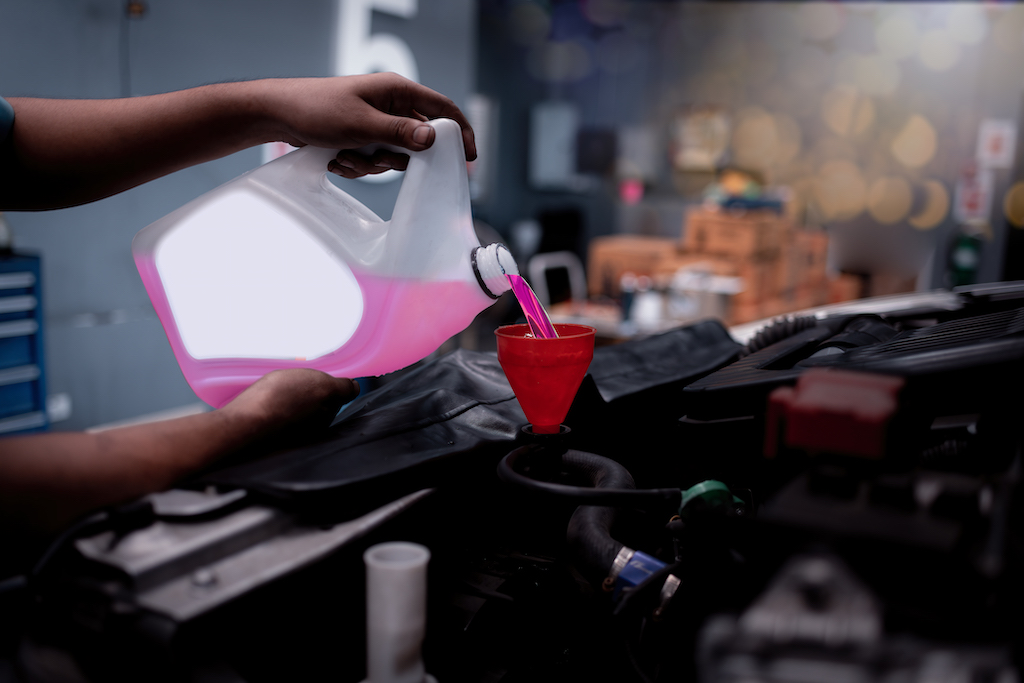
Brake fluid isn’t just one-size-fits-all. There are different types, each with their unique qualities and uses. The most common ones you’ll come across are DOT 3, DOT 4, and DOT 5.
DOT 3 and DOT 4 are both glycol-based fluids that work well for most cars. They offer solid performance and work optimally with the different parts of your brake system.
Then there’s DOT 5, which is silicone-based. It’s not as common and is usually reserved for special cases because it can handle higher temperatures and doesn’t absorb moisture like the glycol-based ones.
Within each type, there can be some variations too, like low-viscosity formulations for DOT 3. By knowing the differences between these types, you can pick the right one for your car and make sure that your brakes work as they should.
Signs of Brake Fluid Degradation and When to Change It
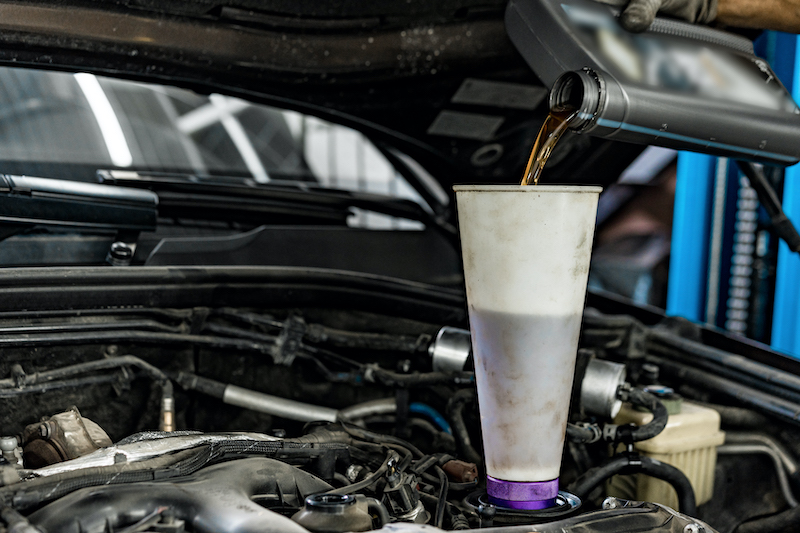
Spotting signs that your brake fluid might be wearing out is important for keeping your car safe. Look out for signs like a spongy feeling when you press the brake pedal, brakes that aren’t as responsive as they should be, or weird noises when you brake.
If you notice that the fluid in the reservoir looks dark or cloudy, that’s also a red flag. Moreover, if the brake warning light comes on, don’t ignore it and get it checked out immediately.
Normally, you’ll have to change your brake fluid every couple of years, or as often as your car’s manufacturer recommends. However, if you’re driving in tough conditions or you’re aggressively braking, you might need to change it more often.
A Guide for a DIY Brake Fluid Change
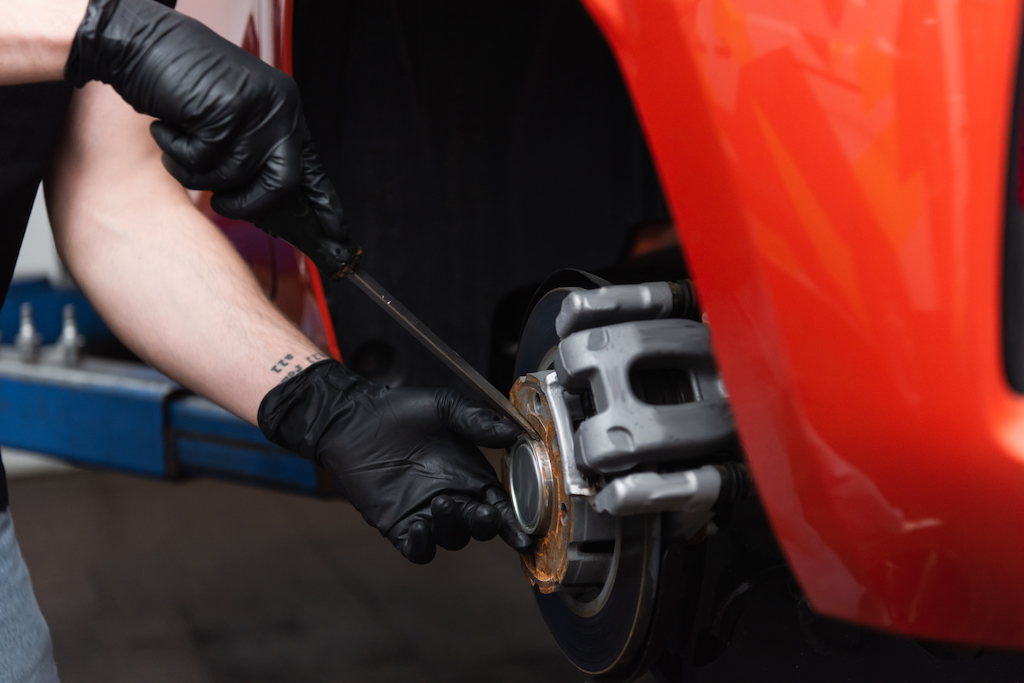
If you’re considering performing a DIY brake fluid change, you’ll need to carefully prepare and follow the safety measures.
Firstly, make sure that you’ve got all the tools you’ll need, including a turkey baster or syringe, a wrench, and fresh brake fluid that’s compatible with your car. Then, find the brake fluid reservoir and use the baster or pump to suck out the old fluid. Fill the reservoir back up with the new fluid, and be careful not to let it overflow.
Next, you’ll need to bleed the brake lines to get rid of any air bubbles. Start with the wheel farthest from the master cylinder and work your way to each wheel until you see clear fluid coming out. This is easiest done with the help of someone else, so now’s the time to call your family member or friend!
Once that’s done, tighten up all the connections and test the brakes before you get back on the road. Following these steps will help you conduct a successful brake fluid change without any issues.
Common Myths and Misconceptions About Brake Fluid

Despite the importance of brake fluid, there are various myths about it. One myth is that you never have to change it, which isn’t true at all. Over time, brake fluid can break down because it absorbs moisture, so it needs to be swapped out regularly to keep the brake parts running smoothly.
Another misconception is that all brake fluids are the same. However, there are different types, each made for specific kinds of cars and driving conditions, and using the right one matters.
Some people also believe that you can top up brake fluid without doing a complete flush. However, that’s not a good idea as it can create a mess and contaminate the fluid.
By avoiding these myths, you can maintain the performance of your brakes and enhance the longevity of your car.
To Ensure the Efficiency of Your Car’s Braking System, Choose Online Automotive
Now that you understand why brake fluid is essential, if you’re looking to change your vehicle’s fluids or replace other car parts, we’ve got you covered!
At Online Automotive, we offer a comprehensive selection of high-quality replacement parts, carefully curated to meet your car repair needs. Our competitive prices also ensure that you get the best value for your money.
With expert product descriptions and responsive customer support, we strive to make your shopping experience seamless. Trust us to be your reliable partner in the world of DIY car repairs, ensuring that all your journeys are convenient and hassle-free.
Explore our range of products and get in touch with us today!


